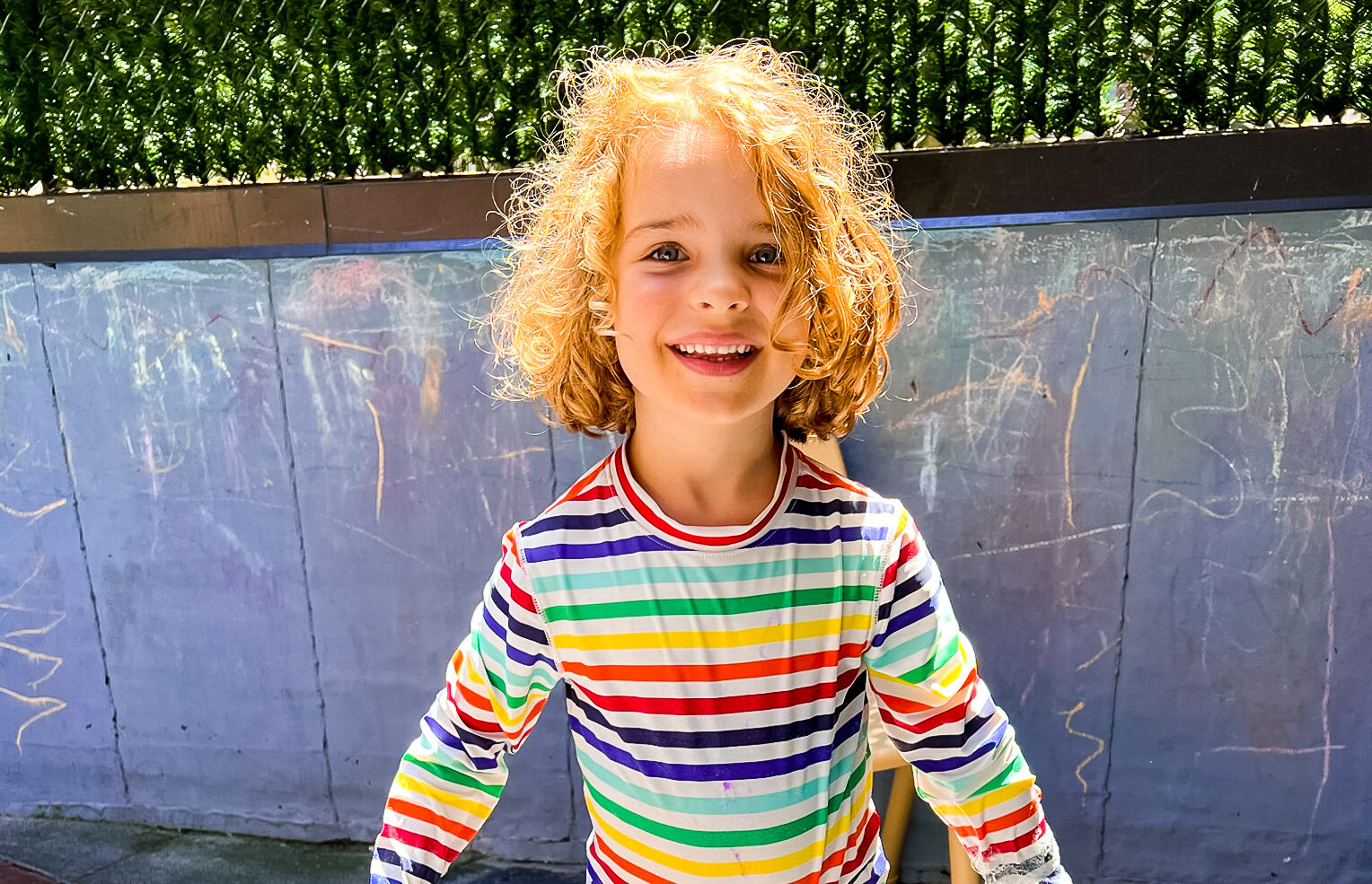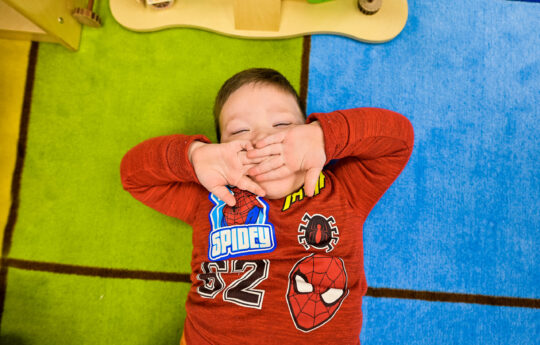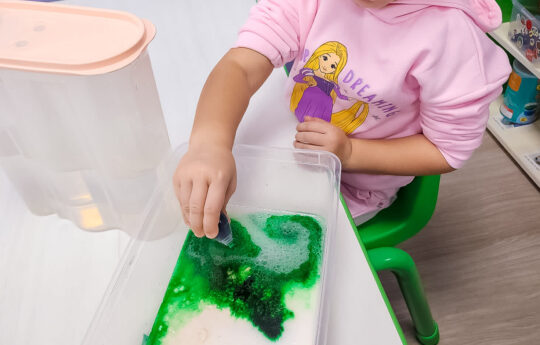
With the start of the outdoor season, the issue of protection against insects in summer becomes increasingly pressing. Various methods of insect protection are used to prevent children from annoying bug bites (such as mosquito bites, tick bites, etc.): some are harmless, while others can harm a baby.
Close windows and doors or apply mosquito repellents to keep children safe. The use of repellents and long-sleeved, light-colored clothes for outdoor activities minimizes the probability of a bite. Keep in mind that indoors mosquitoes are attracted by open water tanks. Fleas and bedbugs can also live in old clothes and furniture, so keep them away from children.
Insect activity in summer
The most important thing to know if you discover an insect bite on a child is which bug did it.
- Midge bite. Midges are most active in spring and early summer. An allergic reaction is the most typical side effect of a midge bite. Itching is accompanied by redness at the location of the bite.
- Mosquito bite. There may be a rash on the spot and swelling of the skin up to 10 cm.
- Tick bite. This one is harmful because ticks can transmit deadly diseases including borreliosis and encephalitis. The bite site may not immediately become red, and a tick that has just sucked on the skin is difficult to detect.
- Bee bite. After the sting, the bee dies, leaving a sting in the human body. It must be removed.
- Wasp bite. Wasps love sweets, they often live in old stumps and tree hollows, and they are more aggressive than bees.
Sunscreen
There are various factors that might contribute to either attracting or repelling bugs, and although some are absolutely out of your control, others may be things you can change and protect yourself from. In order to avoid inflammation from insects and the use of insect bite medications, you should be able to know all the causes in advance.
The scent, particularly one that is sweet or strong, is one of the most appealing factors to mosquitoes and biting bugs since it is similar to the smell of food. In terms of sunscreens, scented ones are becoming increasingly popular, which can make you a prime target for mosquitoes. Unless you buy a sunscreen for insect protection that is expressly designed to repel bugs and contains specialized compounds for that reason, your product will not repel them. Bear in mind that sunscreens and insect repellents are both effective and safe when used separately, but issues may arise when used together. Read and follow all label guidelines and precautions while applying insect repellents and sunscreen products.
Bug Repellents
The use of insect repellents is a simple and very important method to reduce the risk of insect bites and prevent diseases transmitted by them. Before purchasing a bug repellant, you should be aware of its characteristics. The tool must be reliable, efficient, and professional. This ensures the safety of a baby’s fragile skin. Chemical components are not advised for children under the age of one year, so the formula should be natural. These items may contain essential oils, which can cause individual sensitivity. As a result, your decision should consider both the child’s age and the individual’s allergy risk.
Bug Repellent Proper Application
- Insect repellents should not be used on children under the age of two months.
- When protecting children from insects, do not spray insect repellent directly on their faces; instead, apply a small amount to their hands first, then to the child’s face. Avoid contact with the eyes, mouth, and small cuts.
- Combination products containing insect repellent and sunscreen are not suggested since sunscreen must be worn more frequently, and the combined product may have a larger impact on DEET, especially during periods when insect repellent is not required.
- It is not recommended to use insect repellents before sunscreen because this may increase the repellent’s absorption.
- Chemical repellent bracelets, which appear to be extremely pleasant and safe for youngsters but have little efficiency, are not advised to be used against insects in summer.
Tick Protection
The tick is a little arachnid that may be seen with the trained eye but is generally inconspicuous to children who are playing or chatting. As a result, babies are most vulnerable. Therefore it is necessary to protect a child from a tick bite as much as possible.
When walking in the woods and park, dress your baby in long-sleeved clothing so there’s no exposed skin. The pants should be tucked into socks or shoes. It is preferable if the clothing is light in color so you will see the tick right away. Make sure they wear a hat. Keep an eye on the child during the walk and check them every hour. After your stroll, examine children, animals, and objects. Special repellents, folk remedies, and vaccinations are also available.



